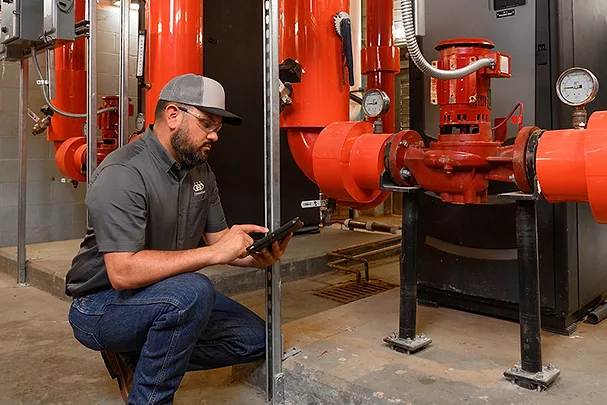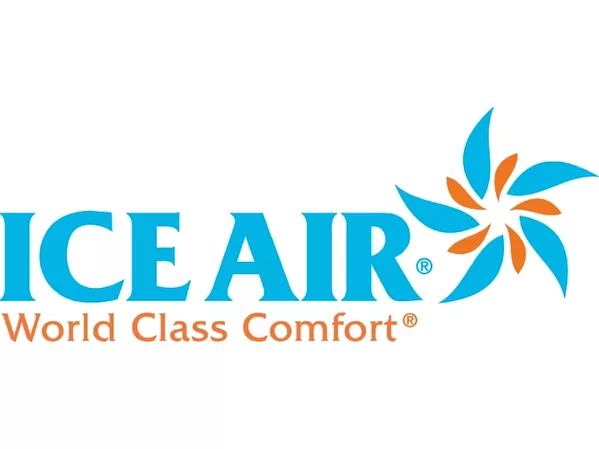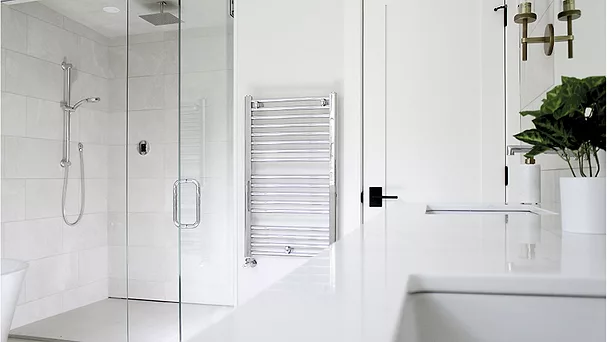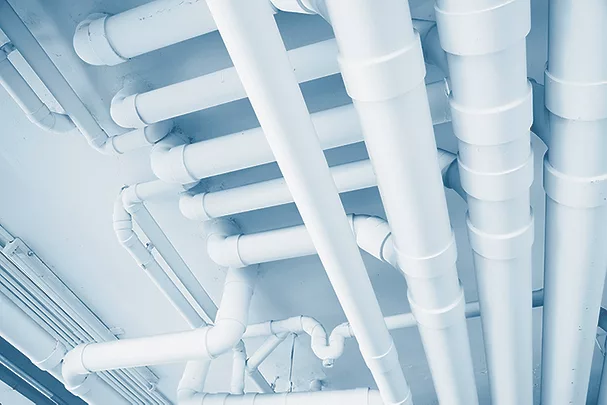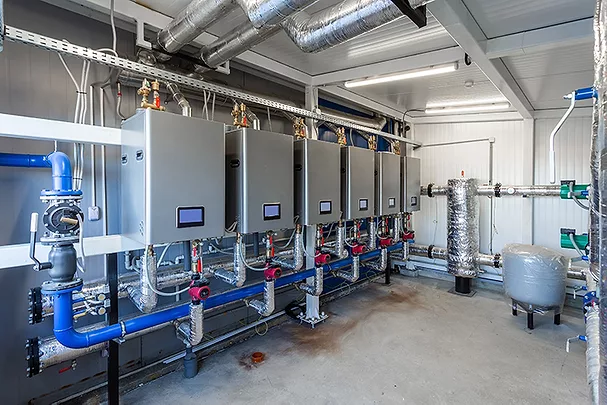Design
Feature
Troubleshooting New Construction HVAC and Plumbing Projects
The best results occur when we plan our activities with intentionality and do not take
shortcuts to a quick fix.
Read More
Feature
Future-Proofing Hospitality Bathrooms
Plumbing material and design considerations for durable, efficient and user-friendly commercial bathrooms.
Read More
Collaborative Health Care Design
Best Practices for Using a Pressure-Sustaining Control Valve
Accurate sizing, material compatibility, proper installation, regular maintenance and performance monitoring will optimize overall system performance.
Read More
Feature
A Guide to DWV Pipe and Joining Methods
Your knowledge and representation of these systems can boost your business and ensure long-lasting peace of mind for plumbers and homeowners.
Read More
Feature
A New Approach to Sizing On-Demand Hot Water Systems
Data-driven engineering helps building owners and managers achieve new levels of safety, efficiency and cost/space savings.
Read More

